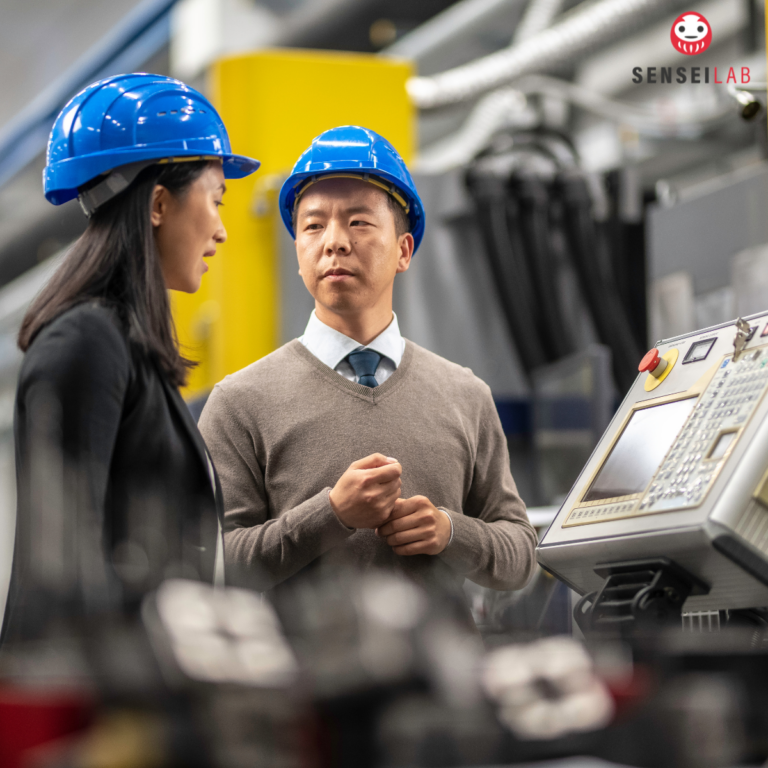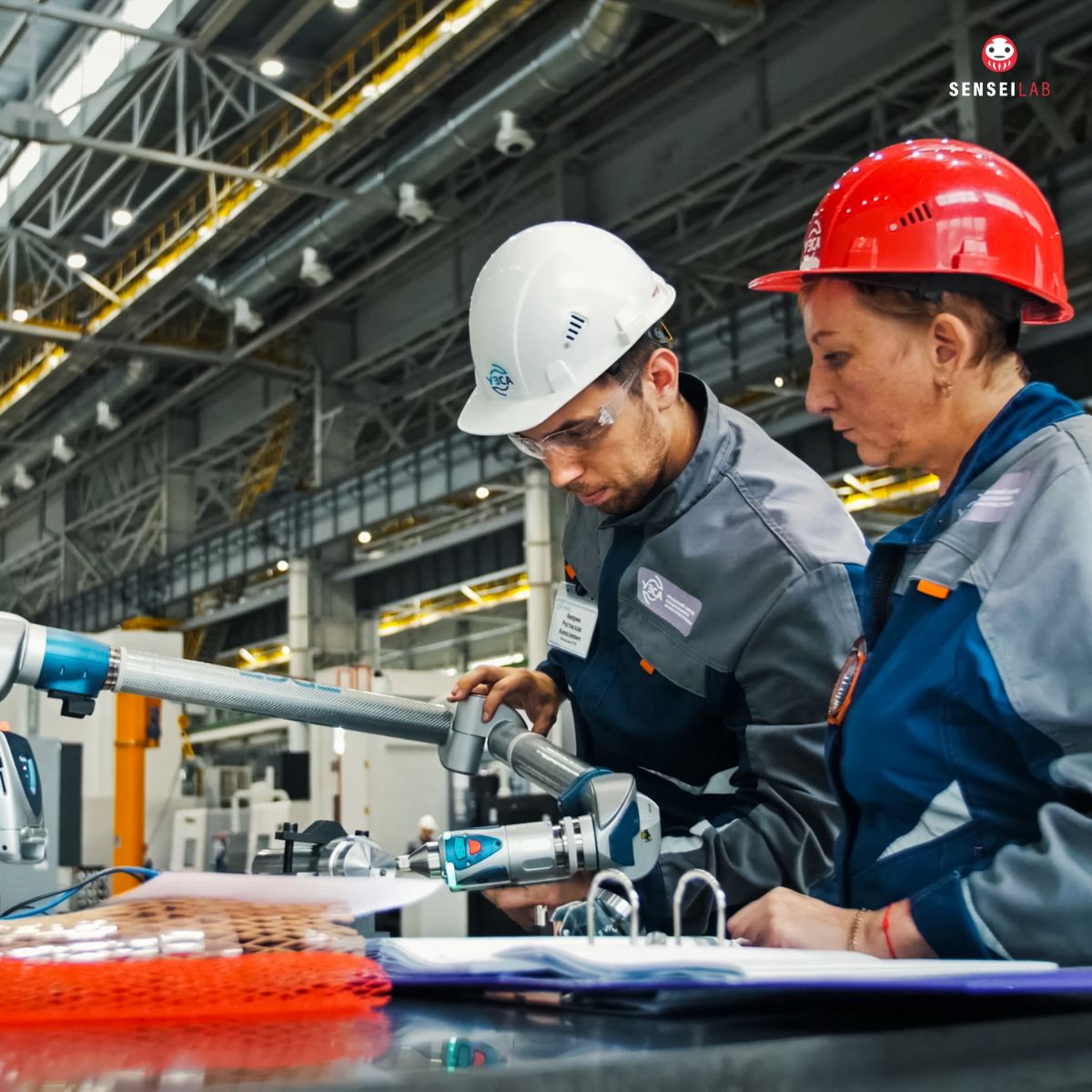What if your workplace could be the reason employees wake up excited every morning? What if it wasn’t just a place to clock in and out, but a vibrant ecosystem where creativity thrives, collaboration sparks innovation, and people feel genuinely valued? The truth is, this isn’t just a dream—it’s the future of work culture that leaders are striving to create in 2025.
A Story of Transformation
Three years ago, a crisis was faced by Elena, the CEO of a mid-sized manufacturing company. Talent was being lost at an alarming rate, and employee engagement scores had plummeted to historic lows. Fragmentation had been caused by the pandemic, remote work had diminished connection, and burnout was being experienced across the board. A change was deemed necessary by Elena. More than just solving the immediate problem, a workplace culture built to thrive for decades was envisioned by her.
A bold question was asked by Elena: What does it mean to truly value people in the workplace?
Listening sessions were initiated—one-on-one conversations held with employees across all levels. Eye-opening insights were revealed: flexibility, recognition, growth opportunities, and a deep sense of belonging were being craved. Work was desired to feel meaningful—not just to the company but to individual lives.
The Great Reinvention Begins
With this insight in hand, “The Great Reinvention” was launched by Elena. Rather than minor adjustments, a complete transformation of the organization’s cultural fabric was undertaken. Here’s how it was done:
1. Employee Well-being Was Prioritized
Wellness programs that extended beyond superficial perks were introduced. Mental health support was embedded as a core strategy, with free therapy sessions and mindfulness workshops integrated into the workweek. Personal and professional balance was enabled through flexible scheduling.
2. Trust Was Built Through Open Communication
Transparency was adopted as a non-negotiable principle. Regular town halls were implemented, allowing concerns to be raised anonymously and directly. Both victories and missteps were shared by leadership, reinforcing trust and mutual accountability.
3. Recognition Was Embedded in Daily Practice
Inspired by recognition-focused companies like Achievers, appreciation was woven into daily operations. Peer-to-peer shoutouts were encouraged through an internal platform, ensuring that wins—big or small—were consistently acknowledged.
4. Growth Opportunities Were Created
A focus on upskilling and reskilling was placed at the center of Elena’s reinvention strategy. Certifications in emerging technologies were fully funded by the company, and clearly defined career pathways were established, giving every employee a sense of direction.
The Role of Training in Transformation
The reinvention was anchored in training. It was recognized by Elena that evolution could not occur without equipping people with necessary tools. Continuous learning programs—from technical training to leadership development—were heavily invested in to support innovation and adaptability.
A bridge between vision and execution was also provided by training. Personal growth was aligned with company goals, while resilience in times of disruption was fostered. Teams were not only made more skilled but were also infused with curiosity and a mindset ready for change.
Lean Leadership: Driving Continuous Improvement
The cultural reinvention wasn’t the end. Lean leadership principles were embraced to ensure long-term sustainability. Emphasis was placed on continuous improvement, waste elimination, and delivering maximum value to customers. Elena’s approach reflected these ideals:
- Employees Were Empowered: Contributions to improvement were invited from all levels. Inefficiencies were flagged and solutions proposed by team members.
- Waste Was Eliminated: Processes were streamlined, and non-essential steps were removed, boosting productivity and reducing costs.
- Agility Was Fostered: Lean principles supported adaptability—an essential trait in a fast-paced manufacturing environment.
- Accountability Was Embedded: Practices like Gemba Walks and process audits were adopted, encouraging proactive behavior from managers.
Beyond operational gains, lean leadership helped build a culture where each individual felt valued as a contributor to collective success. By incorporating these principles, the company was turned into a thriving ecosystem of collaboration and creativity.
The Results: A Thriving Ecosystem
Today, the company led by Elena bears little resemblance to its former self. Employee engagement has risen by 70%, turnover has been cut in half, and productivity has reached record highs. Yet the most profound shift lies in how the workplace is described: “a second home,” where innovation and collaboration are felt as everyday norms.
Lessons for Leaders: How Reinvention Can Begin
For leaders inspired by Elena’s journey, a few actions can serve as the first steps:
- Start with Listening: Use surveys or sessions to uncover employee needs.
- Prioritize Training: Align skills development with both personal aspirations and strategic goals.
- Adopt Lean Leadership: Foster a mindset of improvement and waste elimination.
- Recognize Often: Make appreciation part of the operational rhythm.
- Champion Inclusion: Ensure belonging through diverse and inclusive practices.
- Be Transparent: Share setbacks as openly as successes.
Final Thoughts
The Great Reinvention should not be seen as a passing trend—but as a vital response to a world of constant change. When well-being, growth, lean principles, and trust are placed at the forefront, a workplace is created where people don’t merely work—they thrive.
So the question remains: What kind of culture is being created in your organization? The answer could hold the key to unlocking its greatest potential.




